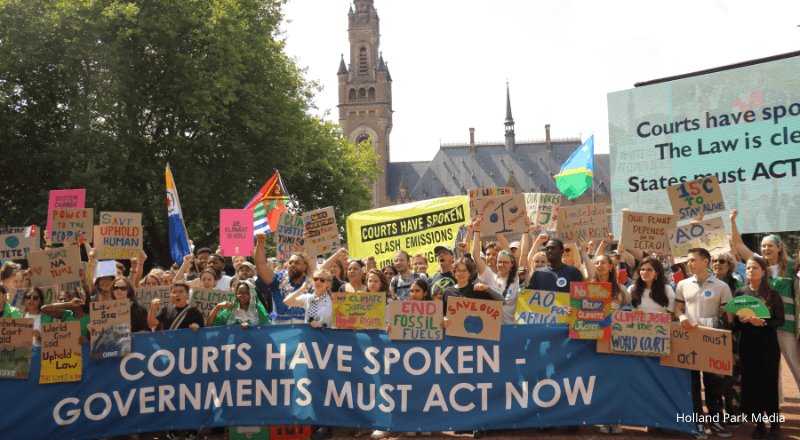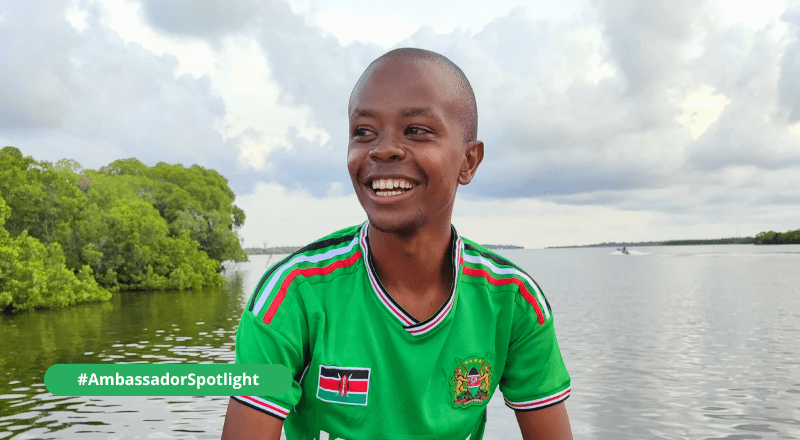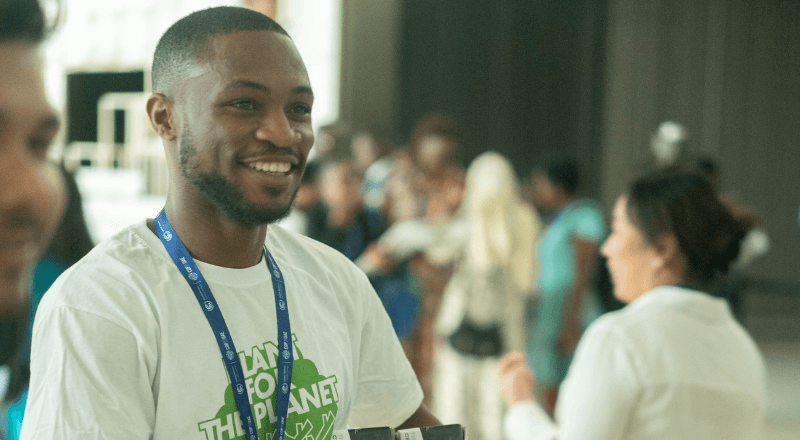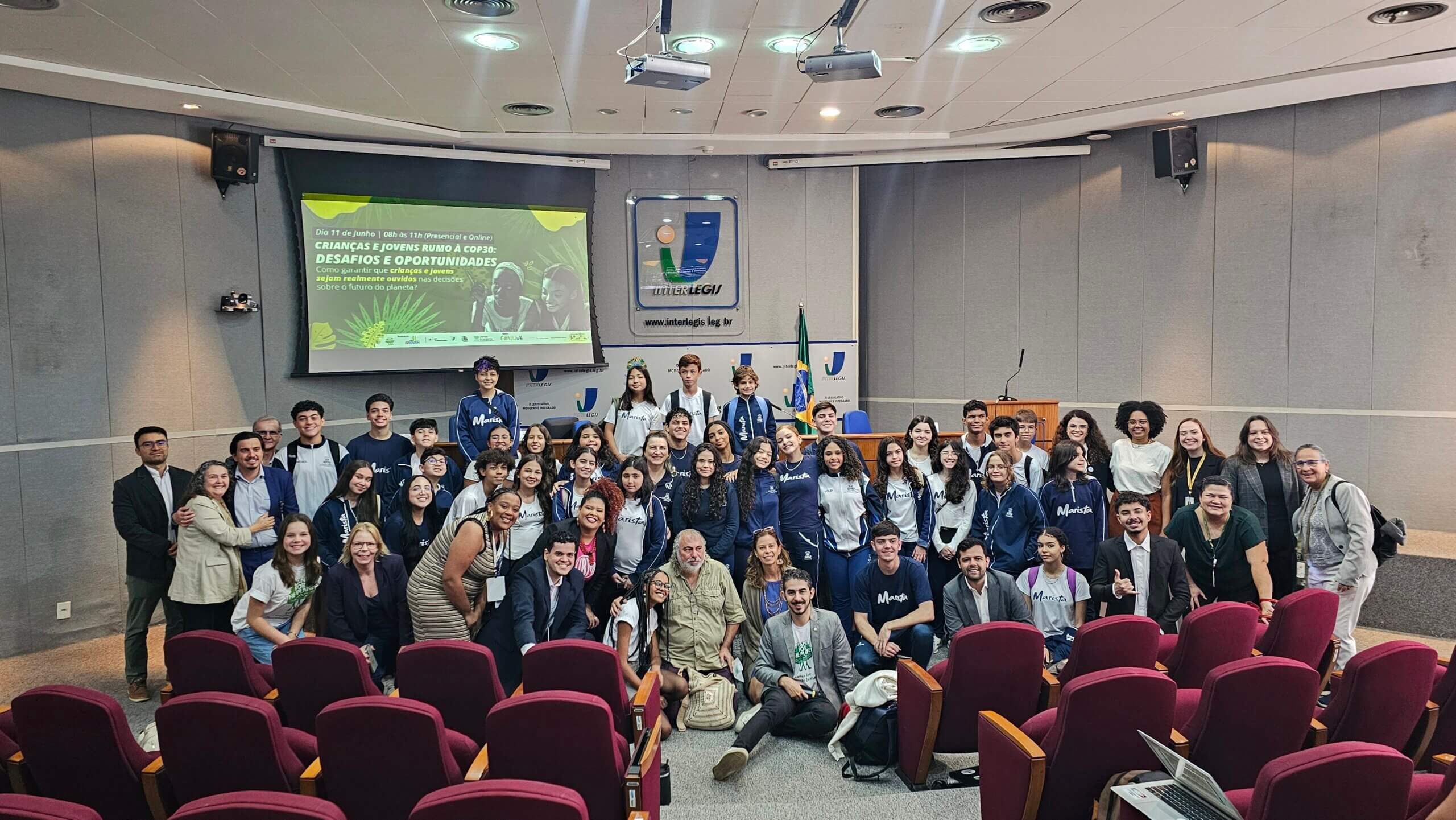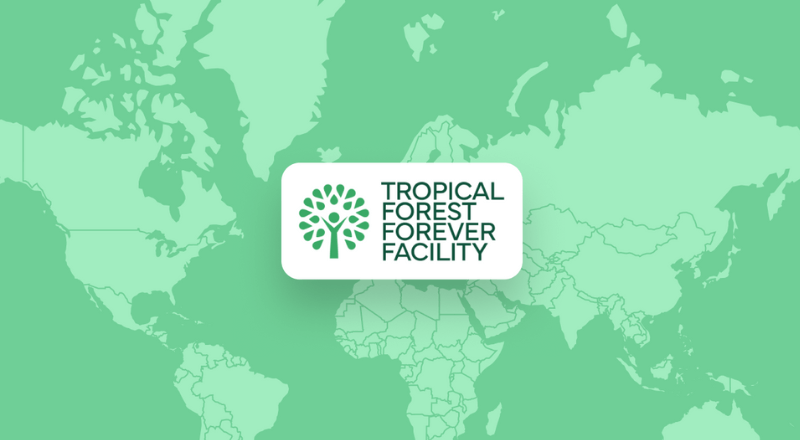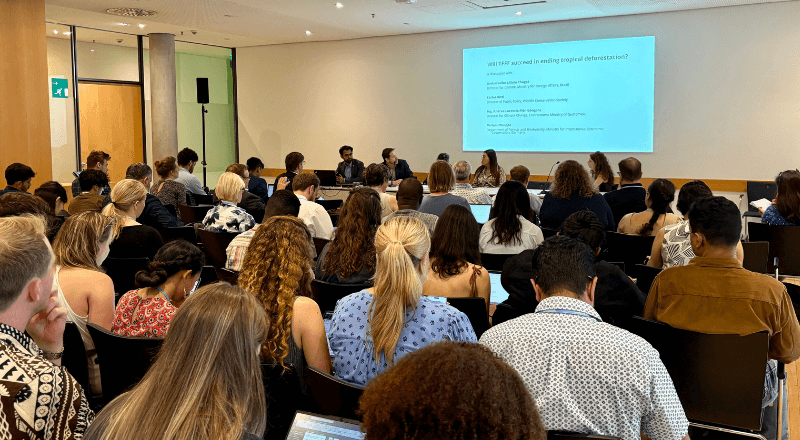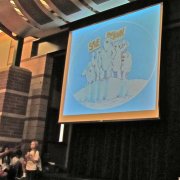
Volunteer John Crapper shares his experiences of the latest Academies in Seattle:
(Text and pictures adapted from John Crapper’s blog at: www.dailykos.com)
The first academy on the west coast empowered eighty young students from 13 schools on May 24th 2013 in Seattle, Washington. On Saturday, October 26, 2013 two more academies took place in Seattle area schools. I volunteered at one of them and it was an uplifting and enlightening experience. I witnessed: Students 8 to 14 years old standing up in front of other students of the same age speaking with knowledge, clarity, passion and confidence about climate change. Kids showing other kids pictures of young people their age in other countries shaking hands with world leaders, pop stars, and famous actors and actresses. Young people showing pictures of themselves speaking in front of city councils, mayors and crowds numbering in the thousands.
I spoke to an eleven year old girl waiting in line to take the stage to present her portion of the presentation. She looked me in the eye and said, “I’m a born leader.” She then took the stage and confidently delivered her message to the crowd.
A parent volunteer who told me she at first was not excited about being involved but her daughter’s enthusiasm had convinced her to get involved. She was so thankful. Young people in the crowd boldly questioning and offering solutions to Washington State Representative Jamie Pedersen who dropped by to show his support and share ideas. The day brought back fond memories of when I was a Middle School teacher. As a former Middle School teacher, with ten years experience teaching 5th, 6th and 7th grade, this academy reminded me of an elective I was allowed to develop and teach at Ruamrudee International School in Bangkok, Thailand called Teacher’s Aide. The elective introduced students to the field of teaching, gave them their own students to teach and the responsibility to design lesson plans, develop and administer tests, and give their students a grade entered into their official school record. All this was under the guidance of me as their elective teacher. It was extremely successful and both I and the administration were amazed at how mature, dedicated and effective the student teachers were with their own students. In these Academies, much of the same is going on. Children who have already been empowered at previous Academies give speeches to a new group of children to teach them about the climate crisis and empower them as “Ambassadors for Climate Justice”.
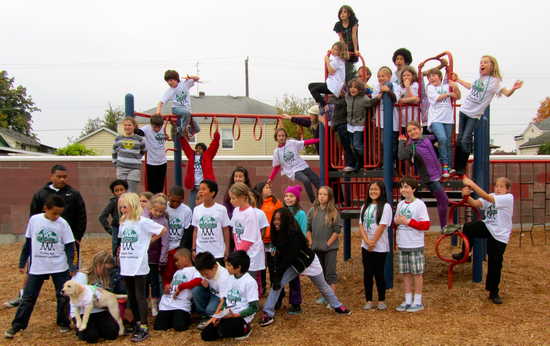
Michael Foster has been the thrust behind the Academies in Seattle and in his own words: Six years doesn’t seem like enough time to plant 1,000 billion trees, or to organize wealthy nations into paying impoverished nations for being green. But this volunteer-driven children’s movement, “is by far the most hopeful thing I’ve come across in 25 years of global warming news. How many environmental organizations have a 3-Point Plan to reverse global warming posted on their website? Simple and clear: 1 trillion trees by 2020, combat global poverty, and end carbon emissions. They’ve counted 12.6 billion trees planted in the last few years. That’s a start!” “Child Ambassadors hold absolute moral authority because when we grownups are gone, they’ll still be here. These children can change the conversation on climate from ‘whether it is happening’ to ‘What are you doing to protect my future? What are you doing today to stop global warming?’” “I want every kid in the USA to have a chance to experience an Academy, to learn to speak out for the future they will inherit, while it’s still possible to make a huge difference.” “Today I need volunteers all across the country. What does it take to host an Academy for 80 students? People. Parents, retired teachers, college students, anybody can organize a day-long workshop for local kids in every town all over the USA. Let’s get a competition going to plant more trees.” “We need our kids to tell us, ‘Stop wrecking my planet, right now!’

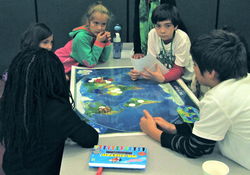
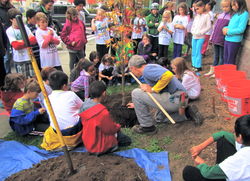
The United States has been a late comer to this children’s movement but that is about to change. The ripples Michael Foster started are beginning to feel like waves! He’s looking for others to assume the role he’s taken on in Seattle. The program has all the elements to be successful and spread quickly. Here’s why: 1. It involves those most affected by climate change – young people. It provides them with the knowledge and leadership skills necessary to carry the message to their peers, parents, teachers, politicians and community business leaders. 2. Peers listen to other peers. It’s the power of peer pressure put to work. 3. It involves parents with their kids future and educational development. It motivates them to get involved in climate change action as a result of that involvement. It is hard to ignore your children. 4. It involves teachers always looking for creative and innovative opportunities to engage their students in order to teach them valuable skills such as leadership and public speaking. 5. It involves politicians. It is hard to ignore a young person knocking on your door or asking you a question if you are a public figure. They know if they do their parents, whom they need to vote for them, will not forget. 6. It involves community business leaders always looking for good PR opportunities in order to portray a caring partner image to their community of customers. 7. It attracts the press. Young people doing amazing things always attracts the cameras. 8. And finally, and most importantly, it gives all involved a tangible, realistic way to get involved and move forward with a feeling of hope and empowerment.
